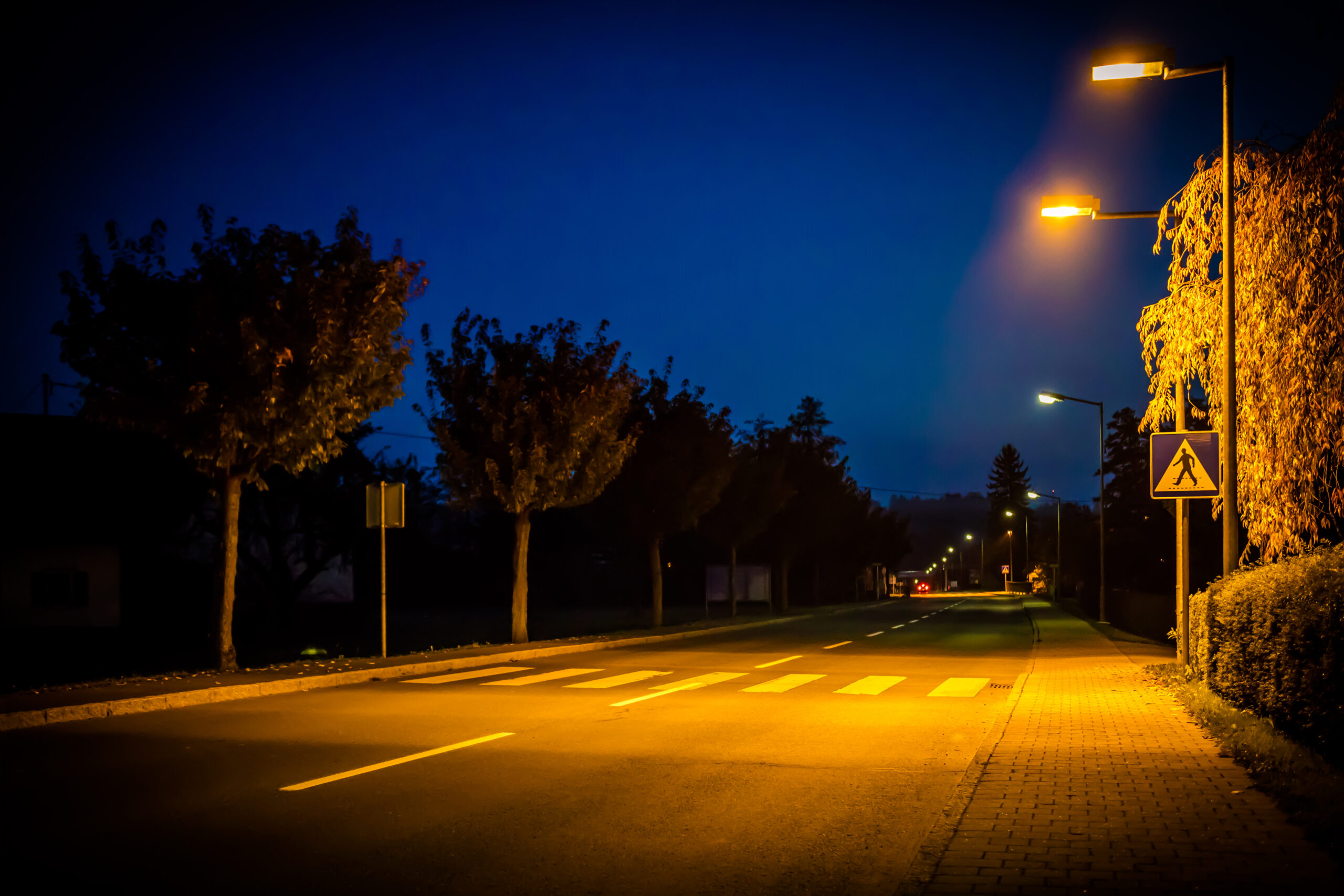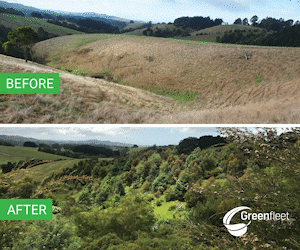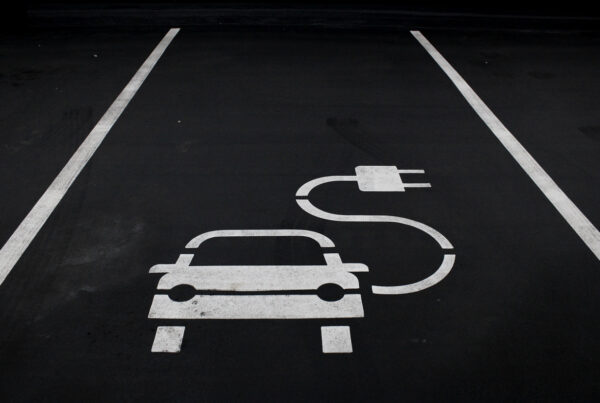How common is it to drive down a poorly lit street at night? How often have you leaned forward in the driver’s seat during the “just-too-long” stretches of darkness on the road between each island of street lighting?
Australian residential roads have uniquely low lighting levels with standards allowing for dimmer lights and long spacings between streetlights on residential roads.
2.5 million of Australia’s street lighting has been changed to LEDs over the past six years but unfortunately, the adoption of smart street lighting controls has been slowed by regulatory barriers in a utility-dominated market.
Electricity distributors own and manage a large portion of Australia’s street lighting with local governments only having control over prominent commercial and entertainment precincts. Ordinary street lighting in residential areas and main roads often falls into electricity distributors’ jurisdiction.
“In recent years, the emergence of new lighting technologies has led to some tensions between Australian local governments and the utilities owning the lights. Local governments have been understandably keen to see LEDs and smart controls widely adopted to secure energy and cost savings, greenhouse gas reductions and improvements in the quality of public lighting outcomes.” Explained an article published by IPWEA featuring Graham Mawer, a director of Next Energy Lighting.
Despite the tensions, States which have displayed a stronger regulatory framework for public lighting have been faster when introducing new technology and have made more progress when local governments lobbied for change with their local utility.
Did you find this article interesting? Click the ‘heart’ button above to give it a ‘like’



















